An Architect’s Guide To: Concrete Surfaces
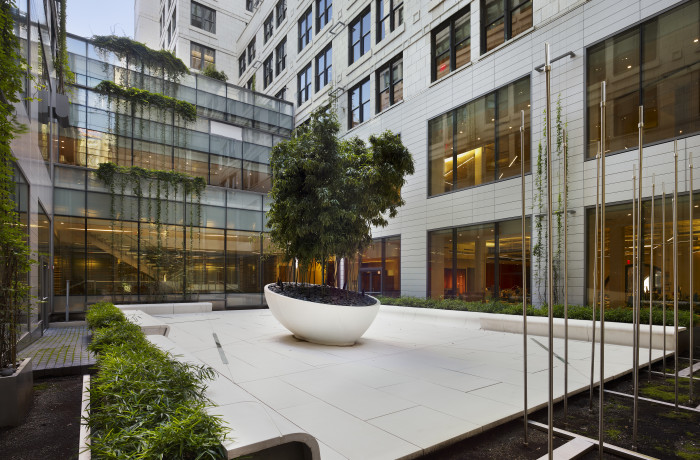
Find the perfect concrete surfaces for your next project through Architizer’s new community marketplace for building-products. Manufacture
Concrete has existed at the core of architecture for nearly two centuries. In its simplest form, concrete is a mixture of paste — composed of Portland cement and water — and rocks of varying sizes. Through a chemical process called hydration, the paste hardens around both fine and coarse aggregates to form the strong rock-like material known as concrete. One of the most notable qualities of concrete is that it is malleable when just mixed, but strong and durable once hardened, which means that it can be harnessed to meet a wide range of architectural and design applications.
Architizer spoke with Nerisa Garcia of Concreteworks East, a specialty manufacturer of architectural concrete, which focuses on projects in the tri-state area. According to Concreteworks East, some of the most common applications of architectural concrete include countertops, sinks, tubs, wall panels, stairs, tile, fireplaces and finally, outdoor landscaping elements. Despite their aesthetic and functional differences, many of these applications follow very similar manufacturing principles.

200 5th Ave by STUDIOS Architecture and Landworks Studio; image via Concreteworks East
Concrete Surface Systems
“I think that there’s a lot of flexibility in terms of working with precast and GFRC concrete,” said Garcia. “The only real setback is timing; it does take a little bit of planning so depending on scale, it’s ideal for architects and designers to reach out to us in the beginning stages of a project. Although once it’s planned out and fabricated, it’s quite quick to install.”
Precast Concrete: Precast concrete is manufactured by casting concrete into a mold, which is then cured in a controlled environment, transported to the construction site and lifted into place. This affords the opportunity to create highly precise bespoke elements as well as large quantities of standardized elements, like concrete wall panels. Not only do precast methods offer better quality control than onsite casting, but they also have the potential to greatly reduce construction and labour costs, since molds can be used time and time again. “In order to achieve very high standards, all of our products are precast,” said Garcia. “In the beginning, we used to also do pour-in-place, but due to the nature of most construction sites, it is just not ideal in terms of finish quality.”
Glass Fiber Reinforced Concrete (GFRC): Glass Fiber Reinforced Concrete is a type of fiber-reinforced concrete that is mainly used as architectural precast concrete. GFRC allows precast concrete panels and designs to be made lighter, stronger, thinner and larger. For example, instead of breaking up a kitchen countertop into 8-foot slabs, each weighing about 300-pounds, GFRC allows manufacturers to make a single slab as long as possible.
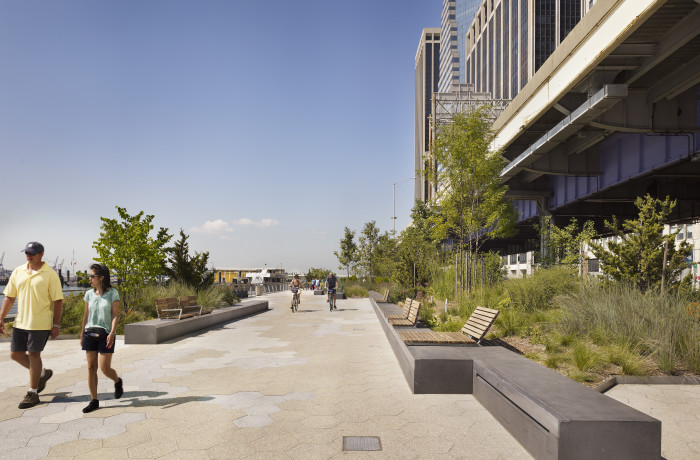
East River Waterfront via Concreteworks East
Aesthetics
Beyond creating an endless array of color options, manufacturers such as Concreteworks East can create a variety of different finishes that incorporate contrast, texture and depth.
Color: Concreteworks East offers 15 standard precast colors as well as custom color development, creating virtually endless design possibilities. “When an architect is looking for a custom color, we will typically ask them to send us a photo or sample. Using that sample, we will find something close in our color library and then reverse engineer from there. Colors can be adjusted for whatever the project calls for.”
Formwork: The mold in which concrete is cast creates different shapes, patterns and surface textures. Common materials include timber boards, plywood, metals, plastics, foams and fabric. According to Garcia, “our most popular finish right now is board formed. We use plywood to achieve a grainy finish on the concrete panels. Different woods are also possible and result in different textures; some have extremely prominent grains and others are much more subtle.”
Seams and Joints: Wherever two or more concrete slabs butt up against each other, there will likely be a visible seam. It is important to talk to your manufacturer about whether you wish to accentuate or conceal seams. GFRC may allow you to get rid of seams altogether.
Surface Processing: Once concrete has cured, it is possible to alter the appearance of its surface through various physical procedures known as surface processing. These include polishing, grinding, and honing. These procedures will generally give concrete a smooth sheen and expose the aggregate. For rougher appearances, concrete can be sandblasted after curing, or washed during the curing process.
Aggregate: Aggregates of different types and sizes can be specified to alter the appearance of surface-processed concrete. Some commonly used aggregates include decorative stones such as quartzite, rounded river stones and crushed glass.
Translucency: Embedded fiber-optic filaments can help to conduct light through the cast concrete, in order to create visible patterns on the surface.
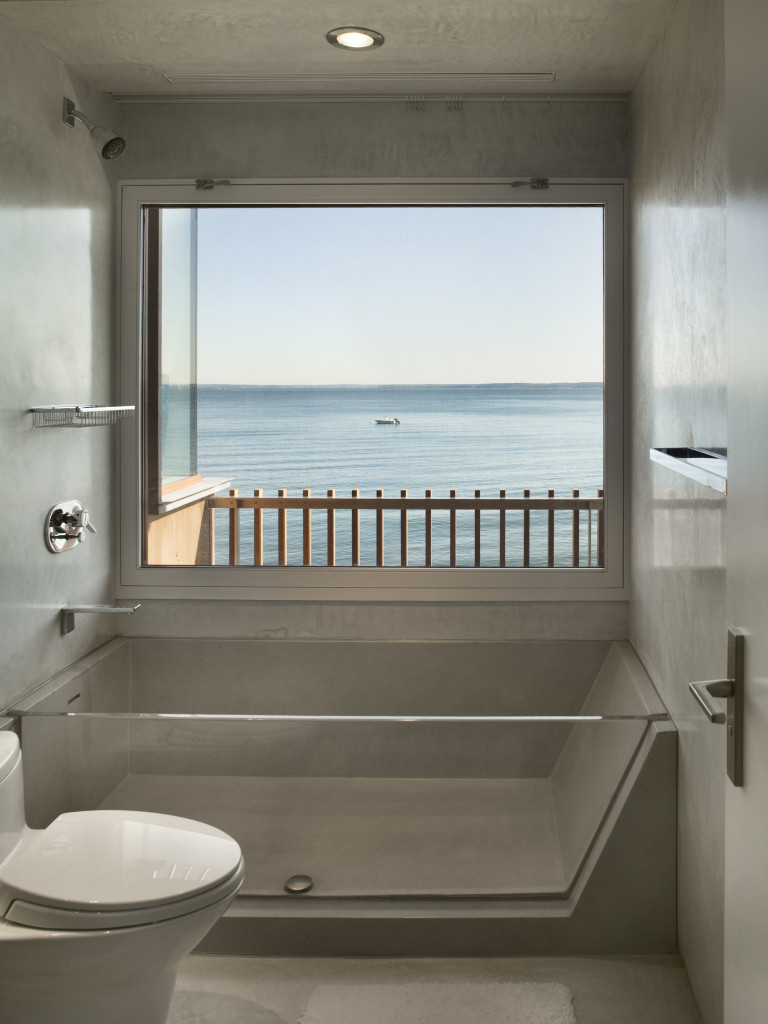
Sprial House via Concreteworks East
Performance
Sealants: Many different chemical sealants are available to help protect concrete from stains, corrosion, or surface damage, specially tailored to a variety of both interior and exterior applications. It is important to discuss which sealant to use with a specialist and tell them whether the concrete surface will be exposed to extreme moisture or freezing temperatures.
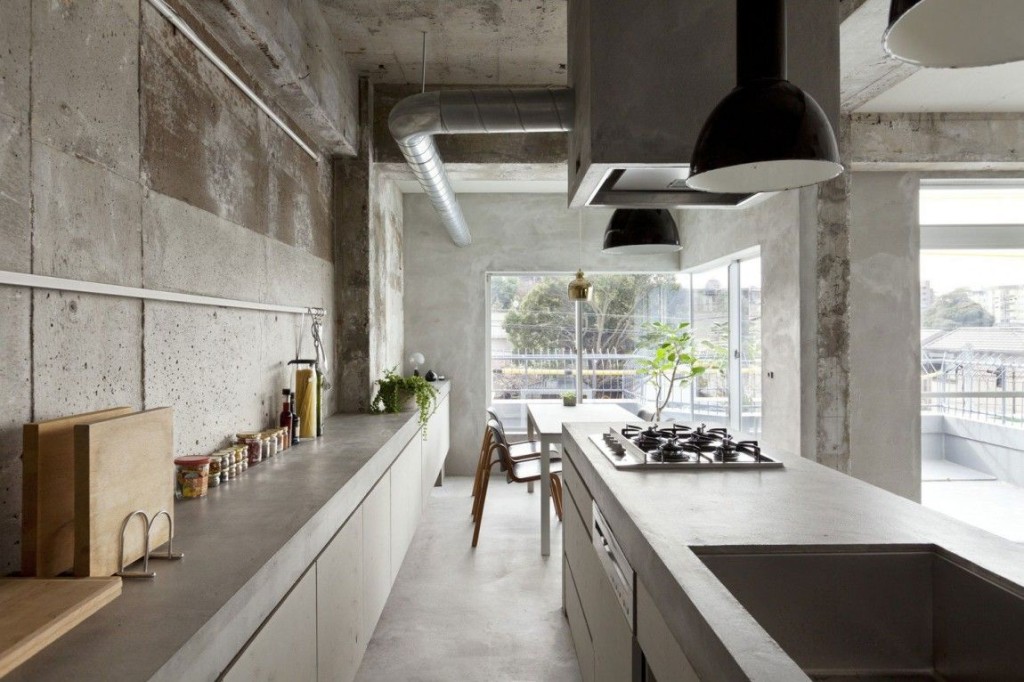
House in Jiyugaoka by Airhouse Design Office; Image via Archiportale
Sustainability: There are a number of ways to specify more environmentally friendly concrete, which may also contribute to LEED credits. For example, many manufacturers are substituting aggregates with more sustainable options, including recycled content and that which limits the amount of VOCs, in turn leading to zero emissions.
When working with Concreteworks East, clients are able to specify the percentage of recycled content that they want to incorporate into their concrete products. These additives may include fly ash, recycled glass and plastics, rice hulls, slag cement, post consumer material and industrial byproducts. These can be added at up to 80% of the entire mix.
Finally, as a light-colored product, uncoated concrete and those finished in bright white and light grey can be harnessed to increase daylighting reflections within a space.
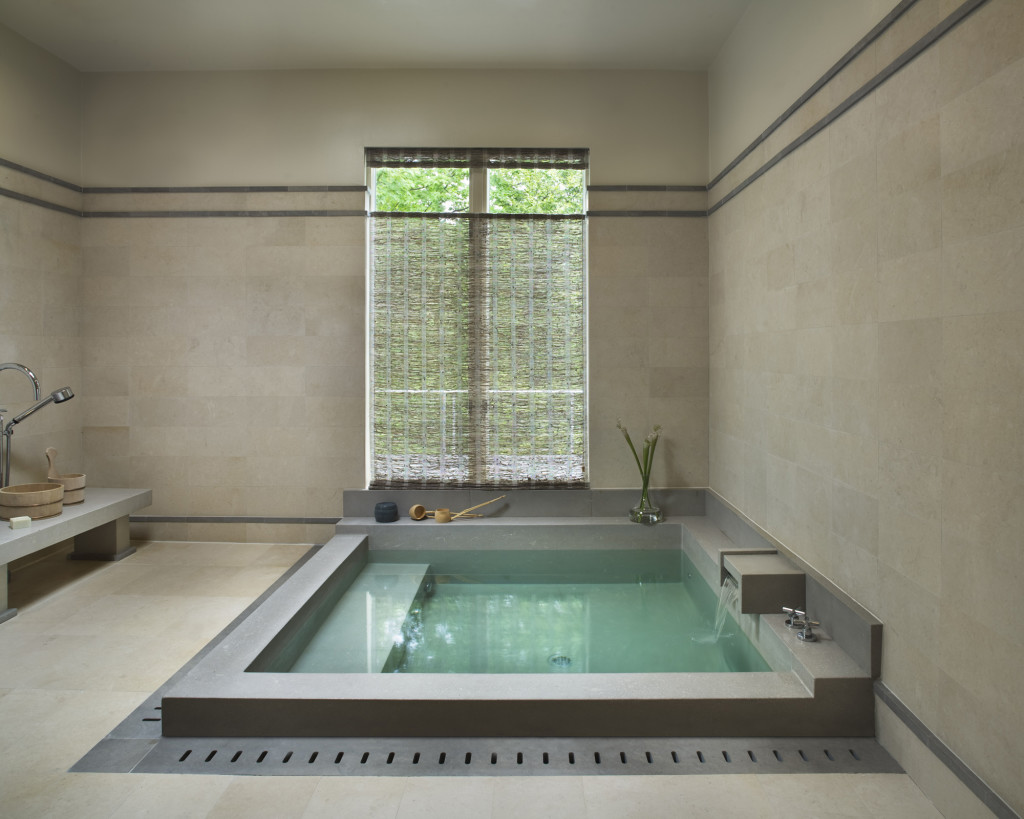
Poughkeepsie Residence via Concreteworks East
Maintenance: Similar to other natural materials such as wood and stone, concrete is porous and therefore requires sealers to protect the material against staining and water absorption. Once sealed and installed however, concrete surfaces can be easily maintained by washing them with non-abrasive soaps and water, and by treating them with periodic waxing.
Search for the best concrete surfaces through Architizer’s new community marketplace for building-products. Click here to sign up now. Are you a concrete manufacturer looking to connect with architects? Click here.
The post An Architect’s Guide To: Concrete Surfaces appeared first on Journal.
, Architizer Editors, read more Journal http://bit.ly/2pEh55F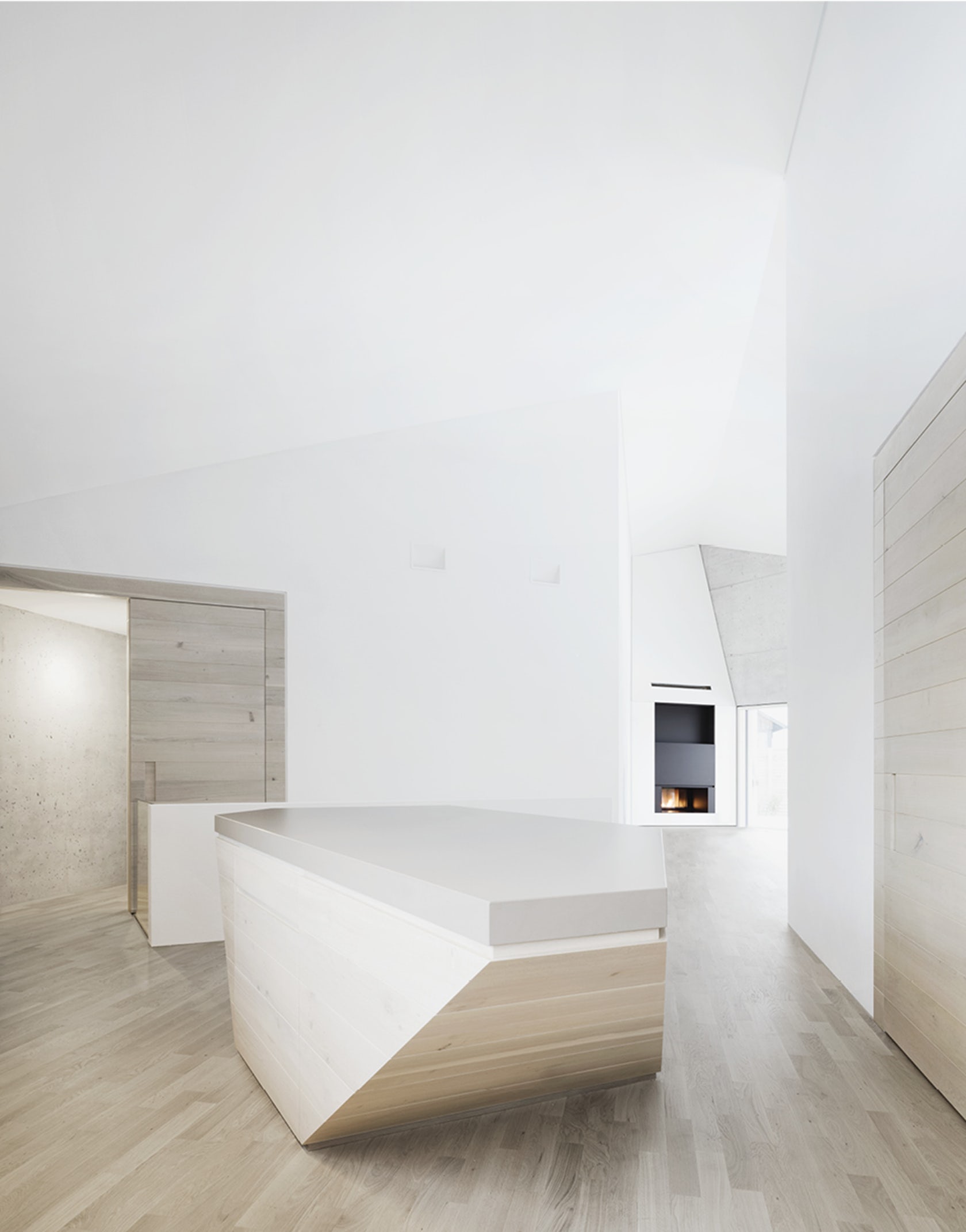
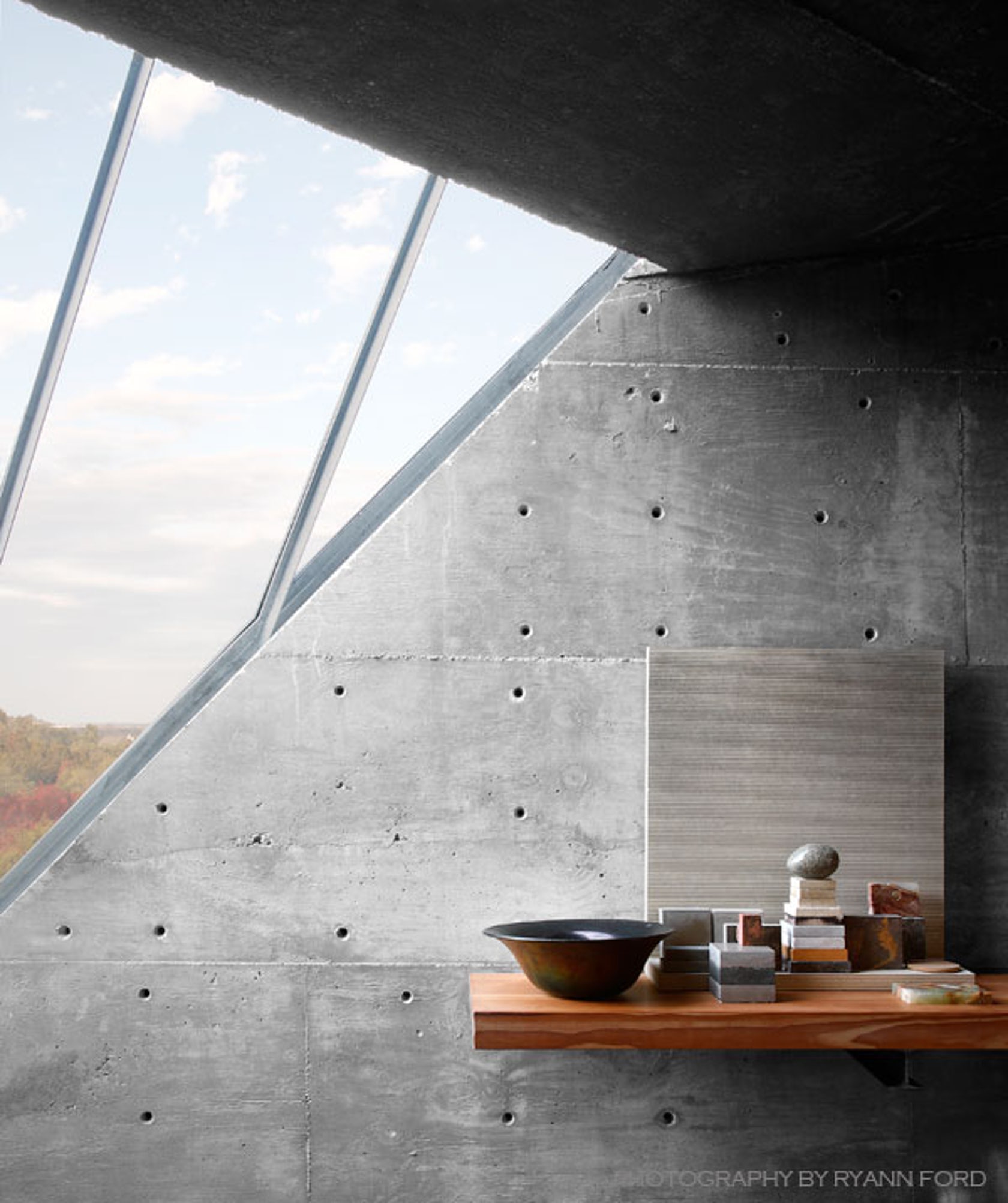
Yorumlar
Yorum Gönder